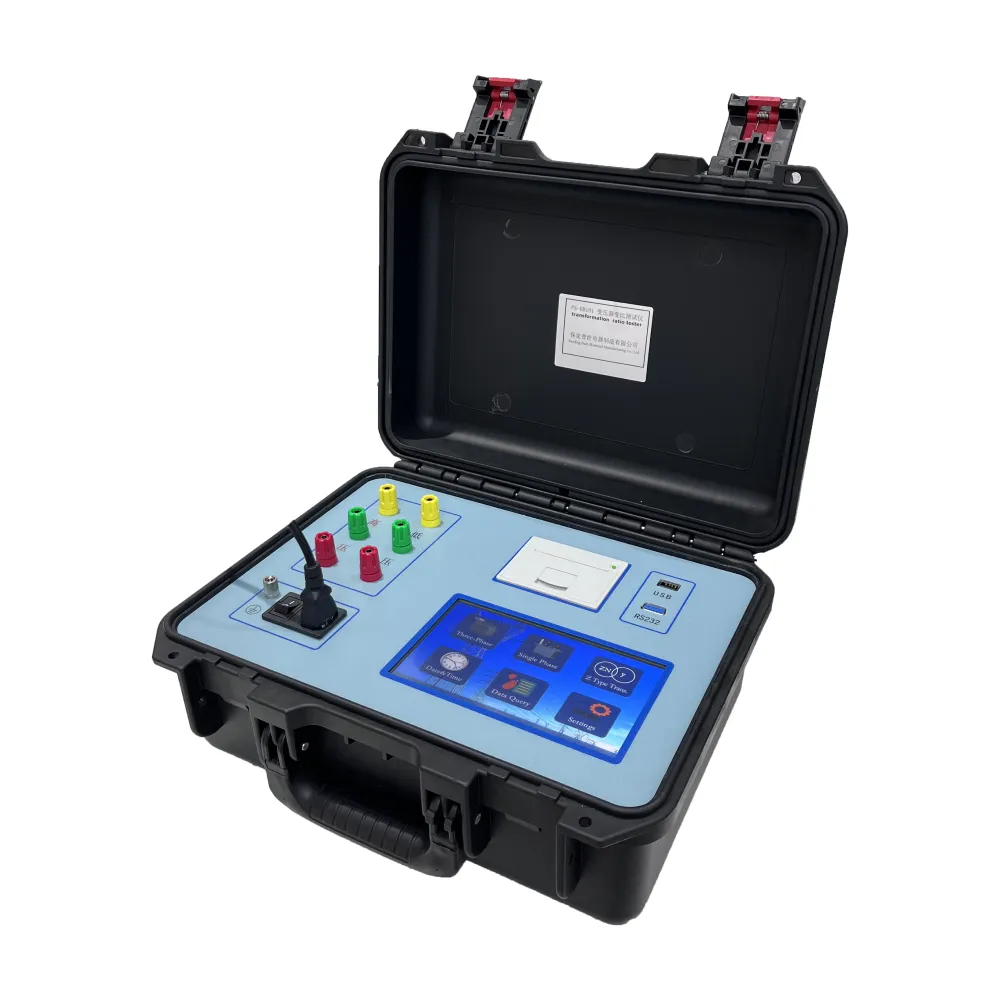 English
English


Exploring the Role of CT in Accurate Metering Solutions for Electrical Systems
Understanding CT for Metering A Comprehensive Guide
Current transformers (CTs) play a vital role in the world of electrical metering and monitoring. As the demand for efficient energy consumption and management continues to rise, understanding CT technology becomes increasingly essential. This article delves into the nuances of CTs for metering purposes, exploring their function, benefits, and applications in modern electrical systems.
What is a Current Transformer (CT)?
A current transformer is a type of instrument transformer designed to produce an alternating current (AC) in its secondary winding that is directly proportional to the current flowing in its primary winding. This allows for safe measurement and monitoring of high currents in power systems without direct contact with the high-voltage lines.
How CTs Work
CTs operate on the principles of electromagnetic induction. When current flows through the primary winding, it generates a magnetic field that induces a proportional current in the secondary winding. The ratio of the primary current to the secondary current is determined by the winding ratios of the transformer. For instance, a CT with a ratio of 1005 means that for every 100 amps in the primary circuit, there are 5 amps in the secondary circuit. This scaling down of current is crucial for measurement devices and protection systems, allowing them to operate safely and effectively.
Advantages of Using CTs for Metering
1. Safety CTs allow for the electrical measurement of high currents without direct electrical contact. This significantly reduces the risk of electric shock and equipment damage, facilitating safer installations and maintenance.
2. Accuracy CTs are designed to maintain a high level of accuracy across a range of currents, which is essential for reliable metering. This precision ensures that energy consumption is measured correctly, leading to fair billing and effective energy management.
3. Scalability The robust nature of CTs allows them to be used in a variety of applications, from residential setups to large industrial plants. This scalability makes them an integral part of electrical systems of varying sizes.
ct for metering

4. Cost-Effectiveness While the initial investment in CTs may be significant, their ability to accurately measure and monitor energy consumption can lead to long-term savings. By identifying areas of inefficiency, businesses can optimize their energy use and reduce costs.
Applications of CTs in Metering
CTs are utilized in various metering applications across different industries
1. Residential Energy Meters In homes, CTs are often used to measure the consumption of electrical appliances. They can be installed alongside smart meters, providing homeowners with real-time data on their energy usage, which can help in identifying trends and encouraging energy conservation.
2. Industrial Applications In industrial settings, CTs are critical for monitoring energy consumption and ensuring that machinery operates within optimal parameters. This monitoring can inform maintenance schedules and reduce downtime, significantly impacting productivity and cost efficiency.
3. Renewable Energy Systems With the growth of renewable energy sources like solar and wind, CTs are essential for measuring energy generation and consumption. They help integrate renewable resources into existing grid systems, fostering sustainable practices.
4. Power Quality Monitoring CTs are essential tools in assessing the quality of electrical power. They help identify issues such as harmonics, phase imbalance, and fluctuations in current, enabling operators to take corrective measures that enhance system reliability.
Conclusion
The importance of current transformers in metering cannot be overstated. As electrical systems grow in complexity and energy demand continues to rise, the role of CTs in ensuring accurate, safe, and efficient energy measurement becomes ever more critical. Their application across various sectors not only supports regulatory compliance and operational efficiency but also fosters a commitment to sustainable energy practices. Understanding and implementing CT technology can lead to significant advancements in energy management, paving the way for a more efficient and responsible energy future. Whether in residential settings or large-scale industrial applications, CTs remain a fundamental component of modern electrical infrastructure, helping to shape the energy landscape of tomorrow.
-
Differences between open cup flash point tester and closed cup flash point testerNewsOct.31,2024
-
The Reliable Load Tap ChangerNewsOct.23,2024
-
The Essential Guide to Hipot TestersNewsOct.23,2024
-
The Digital Insulation TesterNewsOct.23,2024
-
The Best Earth Loop Impedance Tester for SaleNewsOct.23,2024
-
Tan Delta Tester--The Essential Tool for Electrical Insulation TestingNewsOct.23,2024





